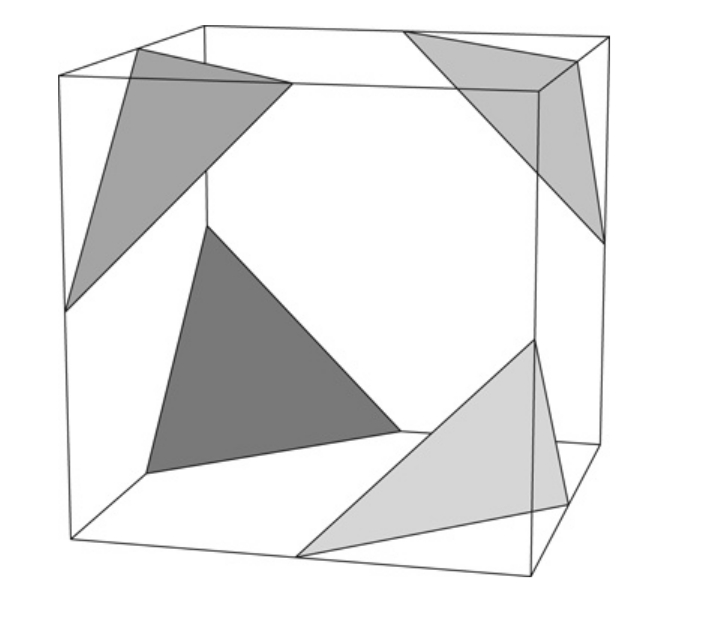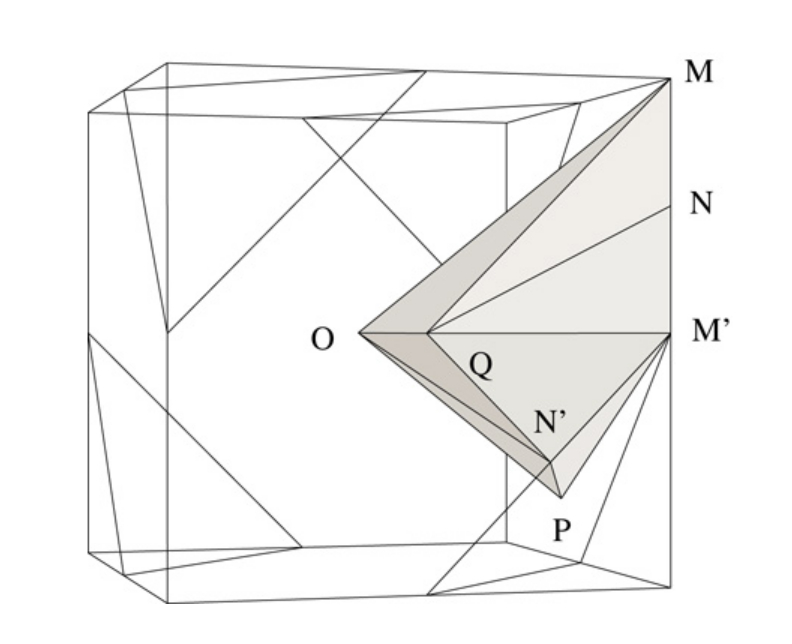| Previous |
About HAP: Torsion Subcomplexes |
next |
Sub-package by Alexander D. Rahm and Bui Anh Tuan, version 2.1
For the computation of the homological p-torsion of G, only the p-torsion subcomplex is relevant, consisting of all the cells the stabilizers in G of which contain elements of order p.

Non-free resolution in characteristic 0 for matrix group with 65 generators. No contracting homotopy available.

Non-free resolution in characteristic 0 for matrix group with 65 generators. No contracting homotopy available.

In fact, every time that two adjacent edges and their joining vertex satisfy the following conditions on their stabilizers, we can merge them without changing the equivariant modulo p Farrell homology of the p-torsion subcomplex [see the paper "Accessing the Farrell-Tate cohomology of discrete groups" on how torsion subcomplex reduction works in detail].
One of the sufficient conditions reads as follows. Let G_1 and G_2 be the stabilizers of the two adjacent edges, and let S be the stabilizer of their joining vertex. Then we require G_1 and G_2 to be isomorphic and
either G_1 to be isomorphic to S
or S to be p-normal and G_1 to be isomorphic to the normaliser in S of the center of a Sylow-p-subgroup of S.

or
http://math.uni.lu/~rahm/subpackage-documentation/ TorsionSubcomplexesSubpackage.zip
Documentation of the functions in the Torsion Subcomplexes Subpackage at: http://hamilton.nuigalway.ie/Hap/doc/chap27.html
| Previous
Page |
Contents |
Next
page |